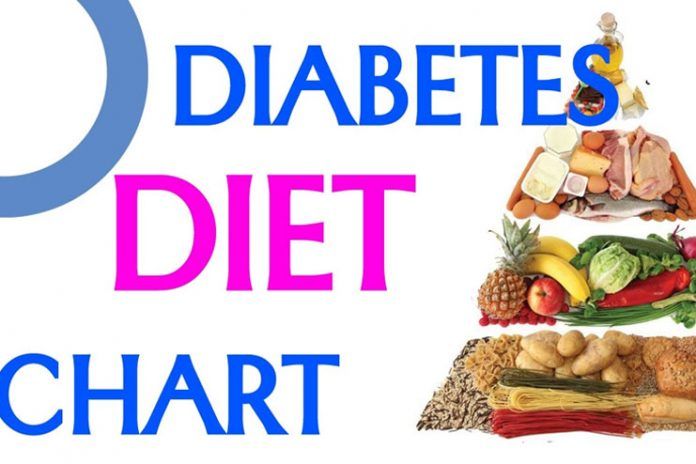Affiliate Disclaimer
Some links in this article are affiliate links. We may earn a small commission if you make a purchase through these links, at no extra cost to you. We only recommend products we find useful to our readersDiabetes is a word that rings in the minds of many as it is often heard in many households. You may be a diabetic, in many cases, if you have a family history of diabetes or if you are overweight or leading a sedentary lifestyle. You may be a diabetic now or you may become a diabetic in the future, whatever may be the cause if at all. You should know how to take care of yourself in terms of what to eat and how much to consume. Prior knowledge of a diabetes diet chart and a meal plan can be of great help to you before you choose to eat.

Diabetes Diet Chart
Diet chart of diabetes takes the following things into consideration
1You should eat balanced


Insulin actually helps the body to get energy by sending sugar in the blood into the cells of the body where the body uses it for energy. If insulin cannot do this work due to less production or if your body cannot use it effectively, the blood sugar in the blood remains, and forms as bad cholesterol that might cause you to become overweight or prone to a heart stroke or attack.
So make it a point not to eat between meals. Your meals may have to include a breakfast, lunch, a dinner and two snacks one between the first two meals and the other between the next two meals. You have to eat five meals in a day so that you keep yourself filled at all time and do not starve. Or eating between meals might again be a cause of high blood sugar.
But the servings of fruits and vegetables together may be up to 8 as eating them can be healthy even in large amounts. Try including veggies and fruits for meals and snacks.
2Taking calories
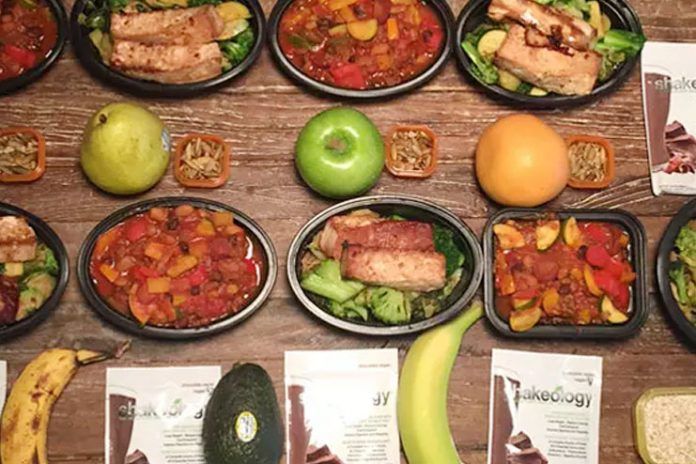
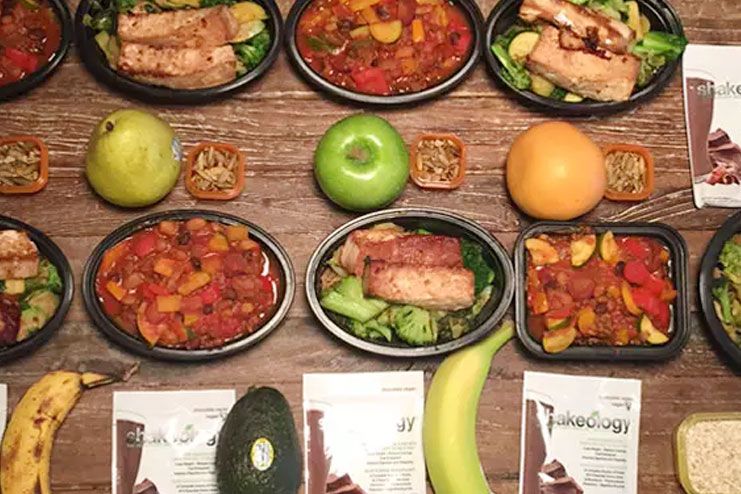
A person with diabetes may have to gain 50 % of calories from carbohydrates and this would amount to around 800 calories spread out over the entire day. Each gram of carbohydrates provides you with 4 calories. So calorie intake should be the primary goal to keep blood sugar in control as too much of calories in the form of carbohydrates can produce more glucose. And more sugar or glucose gets deposited unused in the body due to lack of insulin or inability of the body to use insulin. You can check the label on foods for any information on carbohydrates.
You may also have to limit the amount of simple sugars as they get deposited as cholesterol when unused by the body due to lack of insulin. Whenever you eat anything, check how many calories you are consuming including sodium, carbs, fat and sugars.
3Limit trans fats


4Cholesterol
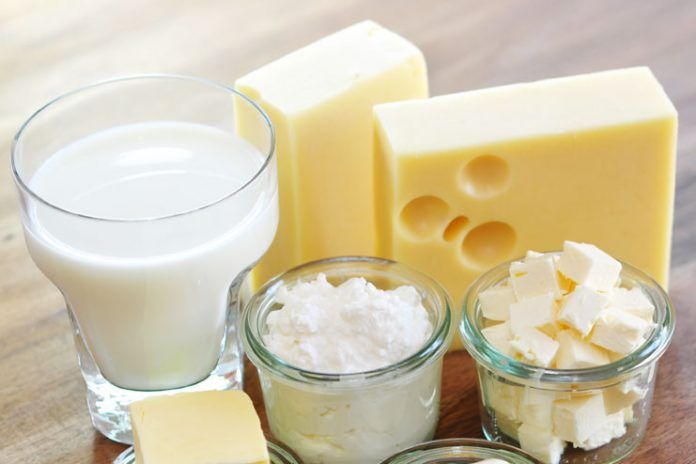
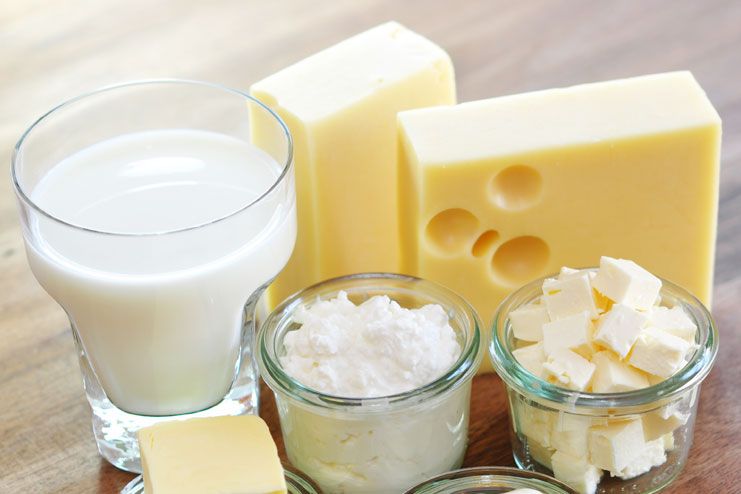
People with diabetes must have 300 mg per day and not more. Saturated fat foods like butter, ghee, hard margarine, lard, full fat cheese, cream, yogurt and coconut or palm oils must be avoided as they increase cholesterol.
5You may need fiber
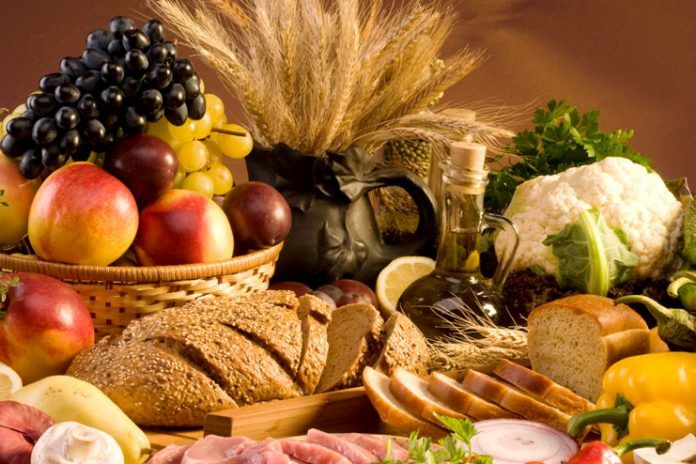
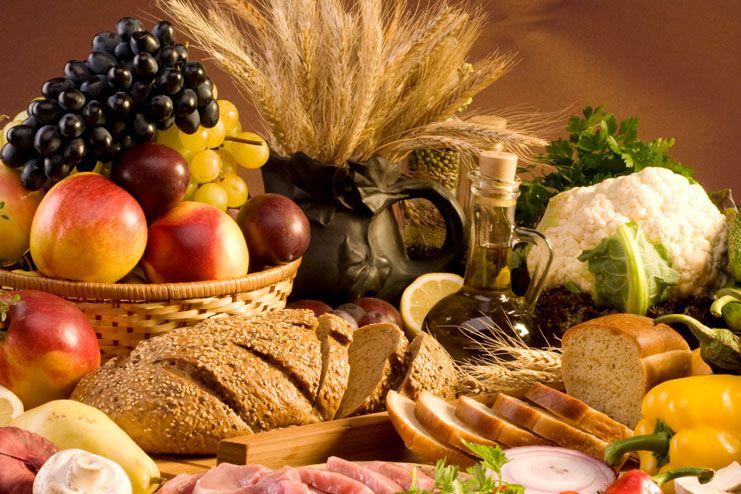
6Sodium
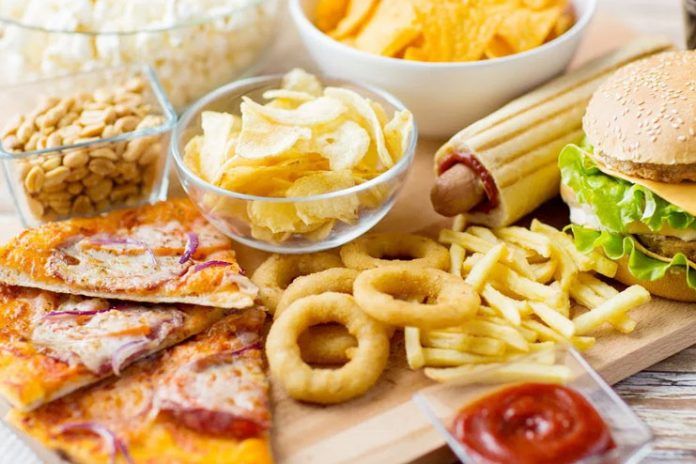
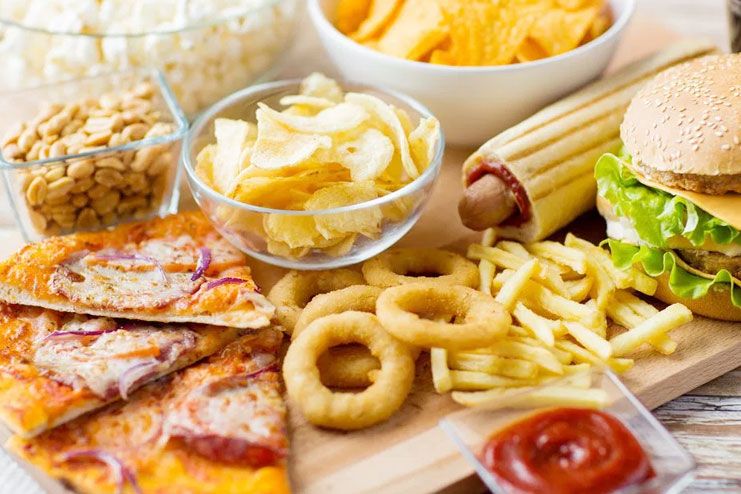
In whatever foods you eat, you had better check how many calories you are consuming including carbohydrates, fats and sugars. By keeping in mind the diabetes diet chart and meal plan, you can help yourself to deal with the symptoms of diabetes.
Pradeepa Polineni



























